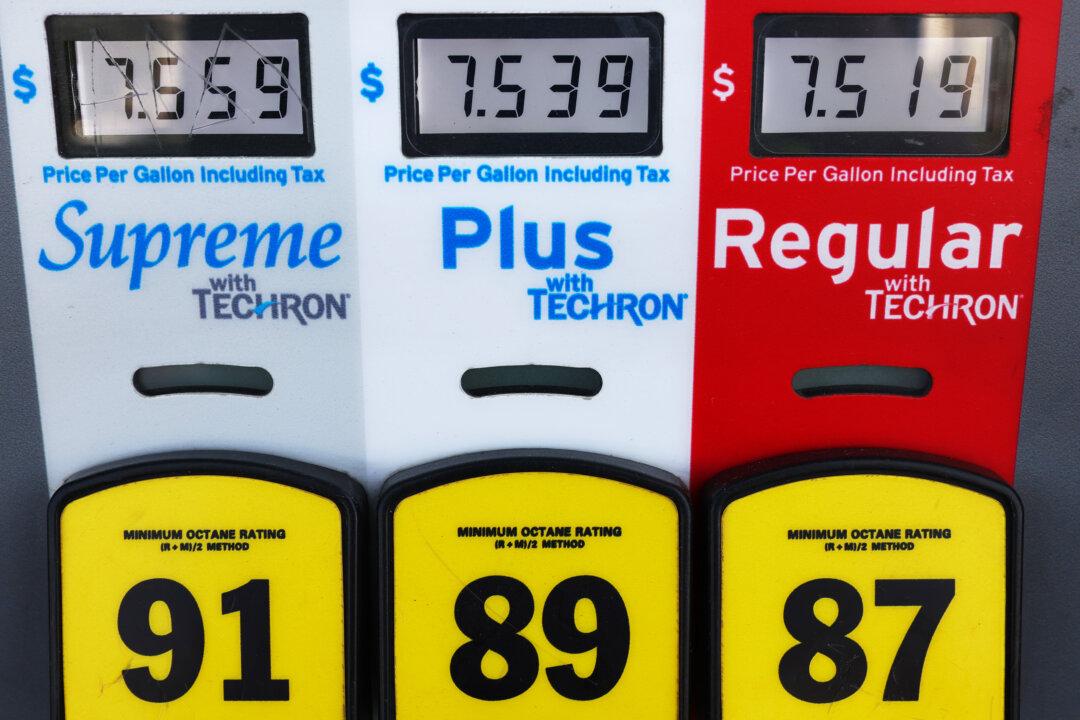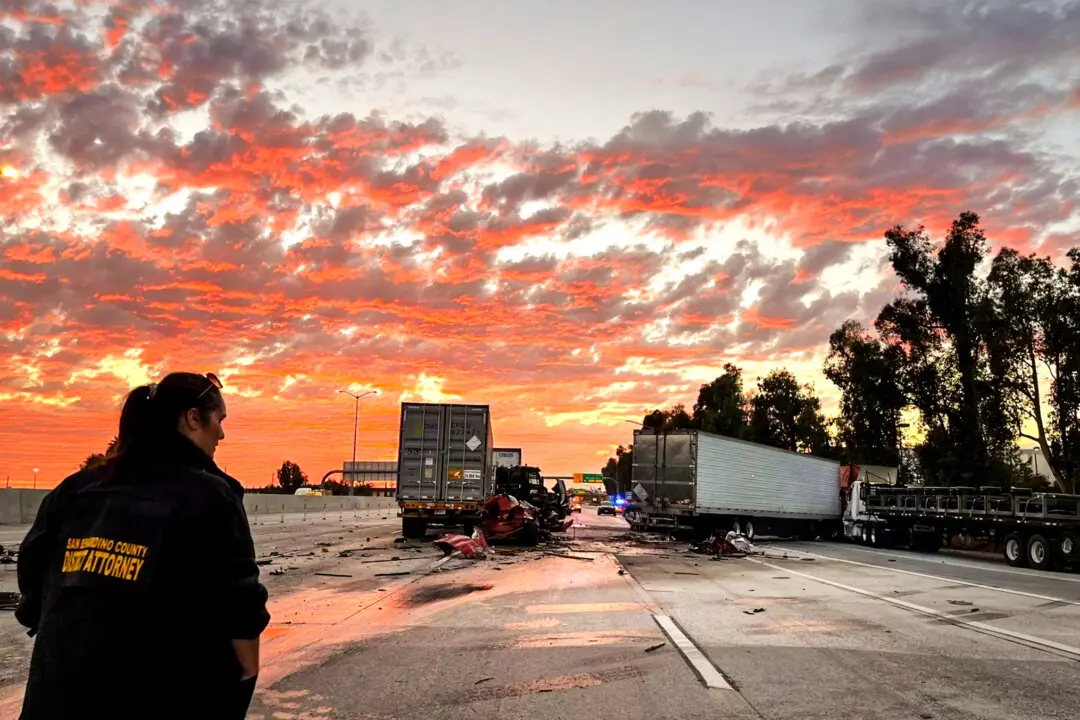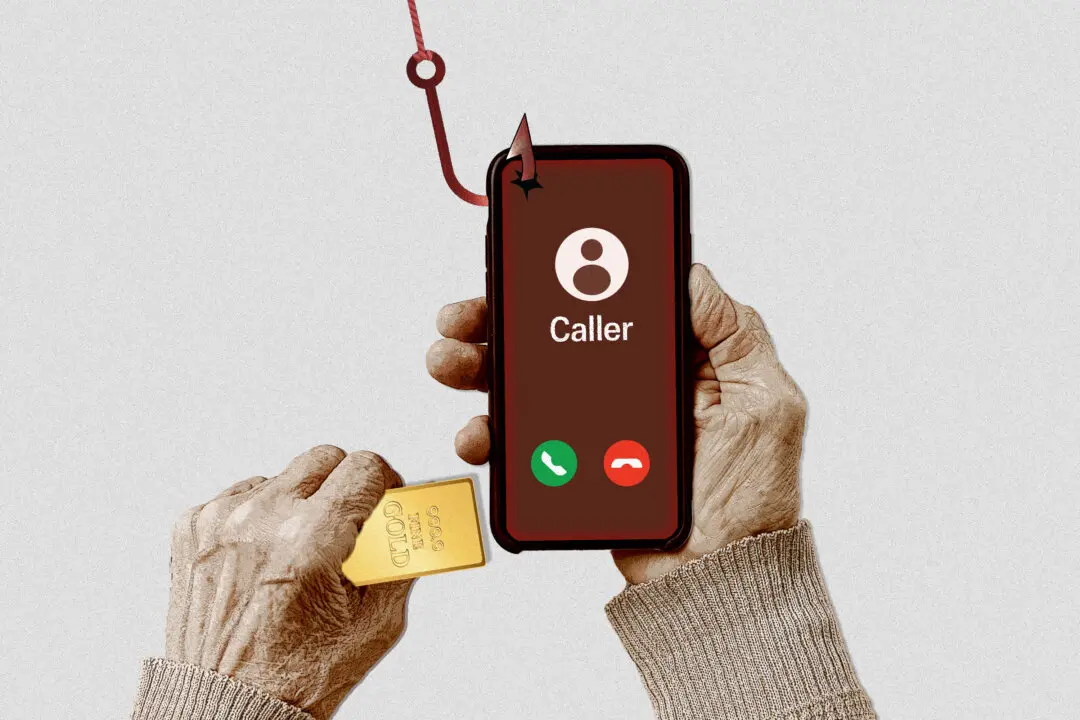The oil crisis of the 1970s spawned some catchy slogans, such as “55 Saves Lives,” and “Don’t Be Fuelish.”
While these messages were meant to reduce the number of highway deaths and lower fuel consumption, these days many drivers continue to flout posted speed limits despite skyrocketing gas prices.





